Funtime: Photographer Paul McAlpine's "BARE + REAL" captures Iggy Pop at the height of his solo career

This story originally ran March 11, 2019.
Iggy Pop is a photographer's dream.
The Ann Arbor native's sinewy body, hollow cheeks, intense eyes, and manic contortions make for photos that leap with life.
And that's exactly what photographer Paul McAlpine wanted to convey in his new book of Pop pix.
"BARE + REAL is a book about life -- passion, art, music -- keeping your eyes open and friends near," McAlpine said. "The book is filled with wonderful images that I feel have aged well with time."
McAlpine first shot Pop in 1977 at the first American concert of The Idiot tour in the photographer's native Boston. For the next decade-plus, McAlpine toured with Pop numerous times and amassed a huge collection of concert photographs featuring one of rock 'n' roll's greatest frontmen.
The limited edition BARE + REAL is 236 pages of the best of those photos, plus introductions by McAlpine and Pop, all housed in a 12" x 12" LP-sized slipcase.
I emailed with McAlpine to find out more about BARE + REAL and how he came to be Pop's go-to photographer -- or Jim, as he calls the man born James Newell Osterberg Jr.
Jimi Hendrix's Experience: Jas Obrecht's "Stone Free" goes deep into the guitar great's transformative 10 months in London
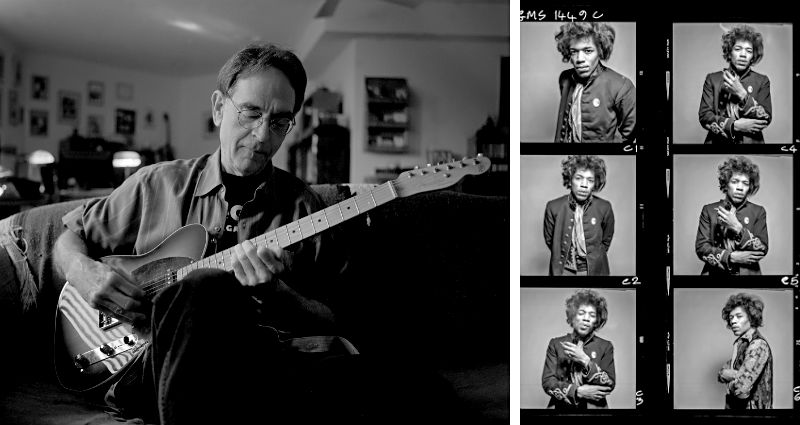
This story originally ran February 11, 2019.
The life of guitar legend Jimi Hendrix has been explored in numerous biographies and documentaries, so you could be forgiven for being skeptical as to why the world needs another book about the man widely considered to be the greatest guitarist of all time and a major influence on the sound of rock music. Jas Obrecht's new offering on the subject, however, takes a much closer look at a specific period in the life of Hendrix.
Stone Free: Jimi Hendrix in London, September 1966-June 1967 is a detailed, day by day look into the guitar great's arrival in England and his rapid rise from obscurity to fame. Obrecht's book puts into perspective just how quickly and completely Hendrix revolutionized pop music. The supporting cast is a who's who of British rock icons including The Beatles, The Rolling Stones, The Who, The Animals, and many others. I had the pleasure of sitting down for an interview with the author, who has written nearly 200 cover stories for Guitar Player and other music magazines as well as a number of books on blues and rock.
Obrecht will be reading from his new book on Thursday, February 14, 7 pm, at Literati Bookstore in Ann Arbor. Below is the conversation we had, slightly edited for flow.
Interview: U-M Professor Stephen Rush, author of “Free Jazz, Harmolodics, and Ornette Coleman”

This story originally ran December 5, 2016.
Ornette Coleman’s music can be inscrutable to unprepared ears. The jazz giant, who died in 2015 at 85, developed a music theory he called “harmolodics.” It’s a style that goes beyond the “free jazz” tag that frequently accompanies Coleman’s name -- even if the alto saxophonist/trumpeter/violinist did release a genre-defining record under that name in 1960 -- and relies as much on a philosophical idea as a musical one. Simply put: Harmolodics is about race.
Harmolodic theory can baffle experienced musicians, too. Even guitarist James “Blood” Ulmer, who played with Coleman for 6 years, said, “I don’t get it!” in a new book called Free Jazz, Harmolodics, and Ornette Coleman by Stephen Rush, professor of performing arts technology at the University of Michigan.
But Professor Rush, who has taught at U-M for more than 30 years, breaks down Coleman’s complicated theories in a series of free-flowing interviews with the legendary composer that clarify harmolodics’ underlying philosophy. Plus, the book’s in-depth musical examinations will help students absorb the style into their own playing.
In addition to being a U-M prof, keyboardist Rush has a staggeringly wide body of work that includes everything from chamber jazz and opera to digital music and sound installations, and he explores harmolodics (and all sorts of other styles) in his Naked Dance quartet.
To celebrate the release of Free Jazz, Harmolodics, and Ornette Coleman, Rush is doing two area readings: Wednesday, December 7, at Literati (Ann Arbor) and Sunday, December 11, at Trinosophes (Detroit). Both are at 7 p.m. (For the Literati event, Rush is joined by Jason Corey, associate dean and associate professor of music at the University of Michigan, who just released a new edition of his book Audio Production and Critical Listening: Technical Ear Training.)
Rush answered questions over email about Coleman and the book, and he gave Pulp a list of recommended recordings that illustrate harmolodics at its finest.
New Washtenaw music in the time of quarantine: Volume 4

Another round of new releases from Washtenaw County musicians in the age of quarantine. (These are all studio recordings or professionally shot videos; visit our mini-guide on livestreams by local artists here.)
Volume one is here.
Volume two is here.
Volume three is here.
Volume four is below and features music/videos from Virga, The Kelseys, Dre Dav/Flight Team, Laurel Halo, Tadd Mullinix/JTC, TwoFace Suave, Drew Denton/Druzi Baby, and Sean Curtis Patrick.
Two new books by Ander Monson consider the West, Midwest, gun violence, and extreme situations
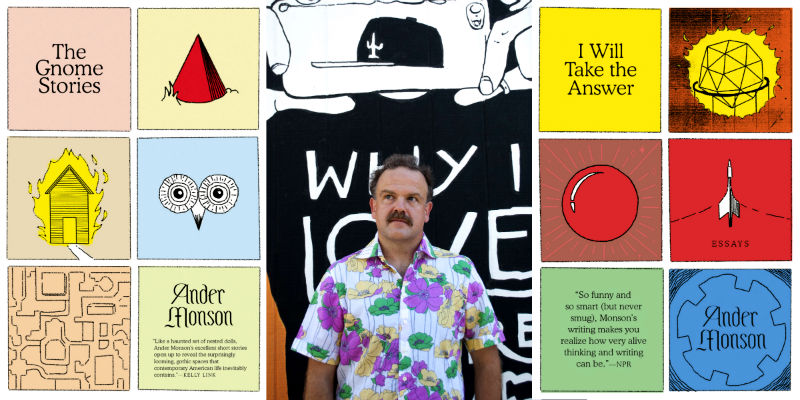
Ander Monson, a native of Michigan who lives in Arizona, has not one but two new books that were published this year.
His book of essays, I Will Take the Answer, begins with an account of exploring storm sewer tunnels underneath Tucson and concludes with a reflection on filming a ceremony with an infrared camera. In between, the essays span gun violence, rivers, mines, the Midwest, the Upper Peninsula, music and mixtapes, a Renaissance festival, a reflection on “I,”, and holiday lawn decorations. There is also a mention of the Sea Shell City Michigan’s Man-Killing Giant Clam.
These essays contemplate our relationship to the past and our memories alongside who we are now, what it all may mean, and what the future may bring. One essay called “Facing the Monolith” reflects on how a palm does not survive when transplanted and determines that:
Removed from our worlds, our histories of self, the things and songs we love, our spectacles or the spectacles we have become, the outlines of our lives -- that constant backward looking, searching for what we might contain or in what we are contained—we might well disappear.
The extent that history and self and the world around us are interconnected shapes our realities, suggests Monson. Yet, despite our reliance on our individual collections of history and memory, they do not guarantee security. Monson writes, “I consider, as if floating above some other northern city, the sprawling of the lit-up interstates as fathers drive their children home through snow on winter nights, thinking themselves safe. What is safety, I wonder, when at any moment our life could be torn apart?”
This idea of upending a life is contextualized by Monson’s discussion of the 2011 Tucson shooting in which US Representative Gabrielle Giffords was injured. At the tragedy’s memorial outside the grocery store where it occurred, one of the essays aptly depicts that, “I find a balled-up piece of lined yellow paper. I do pick it up. I open it. a shopping list with six items: ‘triskets, jello, oranges, mayo, peanut butter, sm. eating apples.’ It’s not a note or prayer. Sometimes it’s not clear what the difference is between these kinds of documents.” While this book just came out this year, I sense these sturdy yet vulnerable essays will hold up over time and that I’ll find myself rereading them or returning to them in thought in the future.
Monson’s other book, The Gnome Stories, is a collection of short stories that are, in some ways, a counterpart to the essays. Reading the two books in quick succession may have influenced me, but the stories do present similar situations examined through the lens of fiction, while also standing alone. They investigate how people will respond to unique circumstances, ranging from shooting a burglar to working in a cryogenic facility or a radical weight-loss clinic. Characters find themselves both at extremes and reaching toward extremes at the same time as wondering what defines them, how they can change, and, “[w]hen will it be enough?” As one character who maps people’s memories reflects, “[m]y father once asked me: What are you willing to wreck to get what you want?” The question moves beyond the hypothetical when this character and others undergo this test. Through clear prose and introspective characters, the stories reveal strengths and weaknesses of these characters, as well as question which is which.
Monson’s reading in Ann Arbor is rescheduled as an At Home with Literati event via Zoom video conferencing on Tuesday, April 14, at 7 pm, when he will speak along with author Deb Olin Unferth.
I interviewed him by email, and we talked about his books, connection to the Midwest, and how the pandemic has affected his plans.
Megan Giddings' debut novel investigates what's really going on in a research study in a small Michigan town
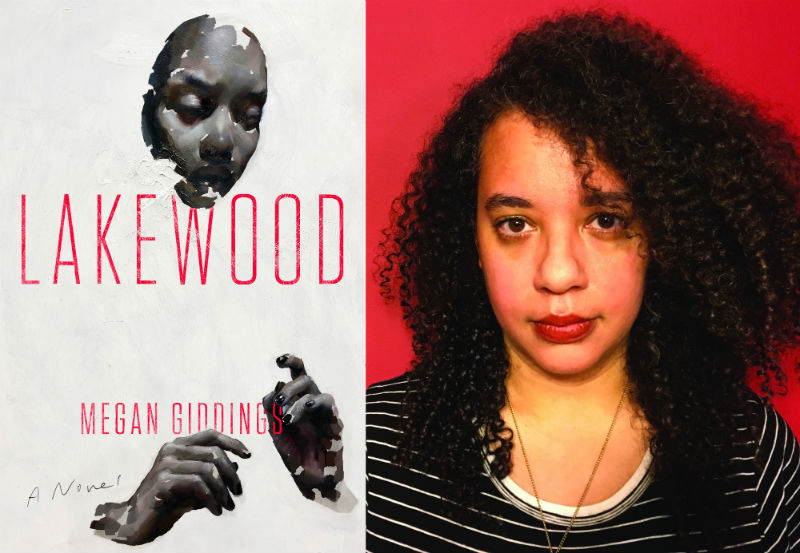
The town of Lakewood, where you don’t know what’s part of a research study and what’s separate or real life, provides the setting for a new book of the same name by Megan Giddings, a University of Michigan graduate. This shifting ground calls into question what is true in the experiences of the main character, Lena Johnson, who moves to Lakewood for the promise of good pay and health insurance (albeit as a subject in the research study). A dystopian novel apt for the times, Lakewood moves quickly and constantly probes what lines people will hold or cross for the sake of science or their family.
Early on, Lena mulls over a foretelling comment by another character:
To make life easier, we have to agree there is no such thing as normal, the doctor had said while typing on her laptop. If you think too much about how things should be, you forget how they are.
As the novel unfolds and Lena joins the study, supposedly on memory and funded by the government, she has to grapple with whether the increasing physical and mental side effects of the tests are worth it. She furthermore undergoes surveillance, notices that the town is predominately white while research subjects are black, and must endure extreme circumstances, including taking unidentified medications. Whether Lena will forge ahead with participating and if the purpose or outcome of the research will be revealed become the questions that propel the novel.
Giddings was scheduled to speak Wednesday, April 1, at Literati Bookstore, and the event was canceled owing to COVID-19. I interviewed her by email as planned prior to the pandemic.
Ann Arbor Art Center offers its "Art Now: Photography" as a virtual exhibit

With the coronavirus quarantine here to stay for the foreseeable future, the Ann Arbor Art Center (A2AC) had a quandary with its sixth annual Art Now: Photography exhibit, which was scheduled to run in its gallery April 3 to May 2: cancel it, delay it, or make it an online exhibit.
A2AC opted for the online choice and launched Art Now: Photography on its original opening date over at annarborartcenter.org.
Juror Eleanor Oakes -- an assistant professor of photography at the College for Creative Studies and founder of Darkroom Detroit -- picked the theme "nothing is clear, nothing is certain" and the 36 photographs by 37 artists explore ambiguity, mental health, gender, and more.
Whether by chance or prescience, one photo stood out due to the way it dovetails with a current trend during the world's stay-at-home status.
UMMA's Art in Your Inbox project brings the museum's collection to you
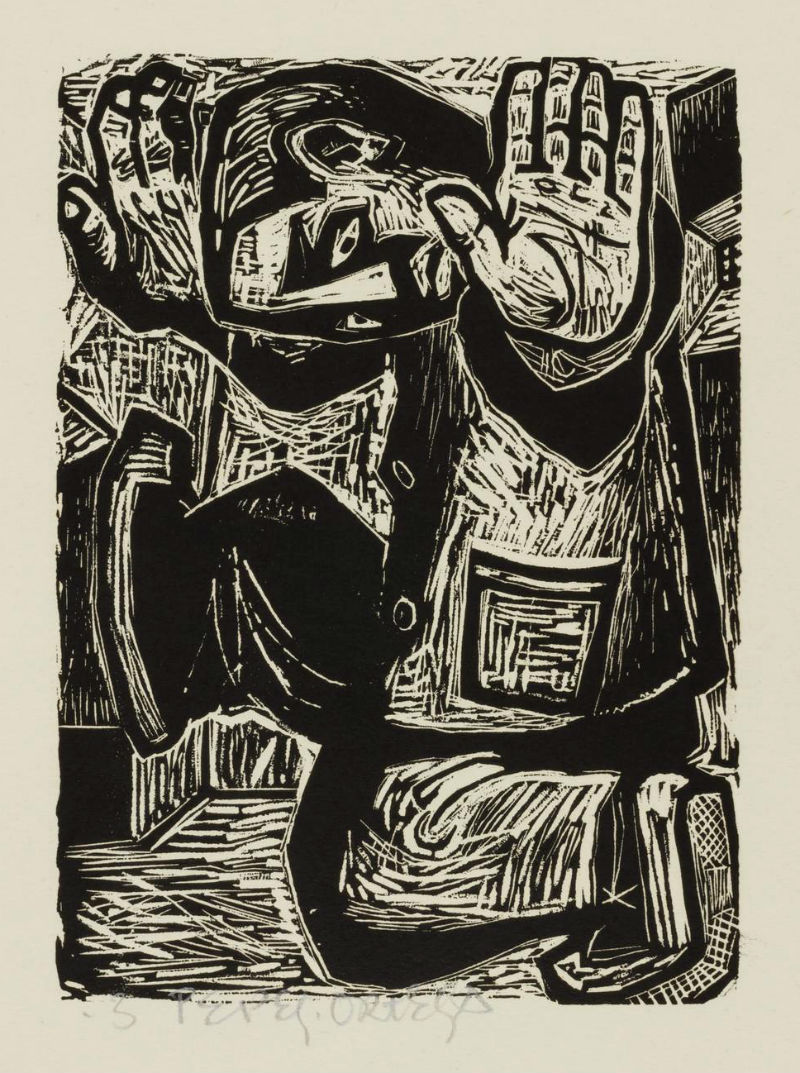
We usually travel to a museum to view its art. But with everything closed for the foreseeable future due to the coronavirus pandemic, the University of Michigan Museum of Art is bringing its collection to you.
UMMA's Art in Your Inbox officially launched on March 26, with the museum emailing images from its collection twice a week, accompanied by brief, thoughtful commentaries on the works. But the project's genesis came from UMMA staff members privately sending art images to one another; they found the exchanges comforting and decided to share their finds with the public.
The pieces are chosen with society's current predicament in mind, such as Joanne Leonard's photograph Winged Ones, which features a child in angel wings staring out a window. But UMMA isn't just choosing isolation and illness art; inspired by Netflix's runaway hit Tiger King, one email featured the Tigress and Cubs scroll by Konoshima Ôkoku, which linked then linked to 11 additional works in UMMA's collection featuring the big cats. Another Art in Your Inbox image was Julie Blackmon's photo Birds at Home, featuring five children sitting at a messy dinner table among 12 cracked eggs; the body of the email featured the headline, "Homeschooling for how long?"
New Washtenaw music in the time of quarantine: Volume 3

Another round of new releases from Washtenaw County musicians in the age of quarantine. (These are all studio recordings or professionally shot videos; visit our mini-guide on livestreams by local artists here.)
Volume one is here.
Volume two is here.
Volume three is below featuring music from Sean Curtis Patrick, Vulfpeck, Linen Ray, Anna Burch, Stormy Chromer, and Andrew Brown's Djangophonic.
NEW WASHTENAW MUSIC IN THE TIME OF QUARANTINE: VOLUME 2
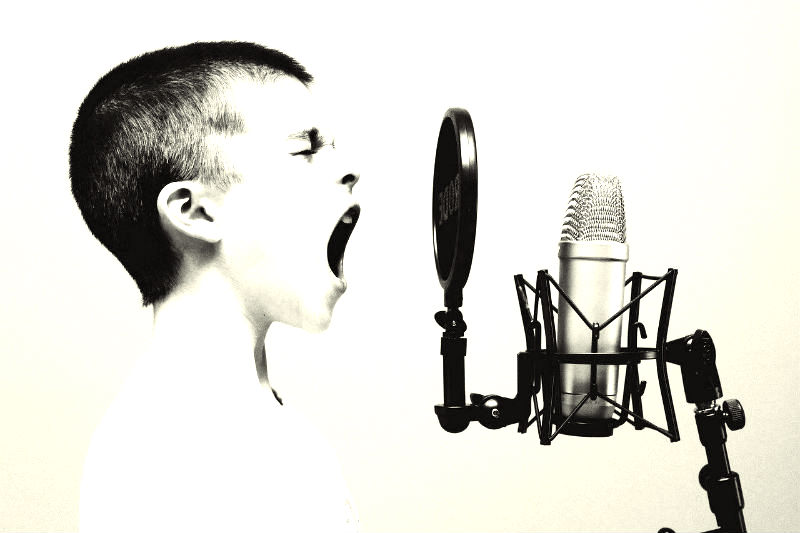
Another round of new releases from Washtenaw County musicians in the age of quarantine. (These are all studio recordings or professionally shot videos; visit our mini-guide on livestreams by local artists here.)
Volume one is here.
Volume two is below:


































